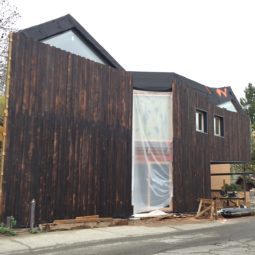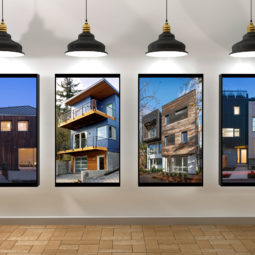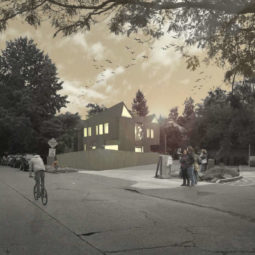Home Matter, Fall 2016
By Sloane Ritchie

As a local builder for more than 10 years, I often get asked, “Why should I live in a Built Green® home?” Here are some thoughts about the benefits of living in a home built to meet or exceed the Built Green standard from the Master Builders Association.
First, consider that homes are required by law to be constructed to meet building codes—ordinances that set a low bar for minimal legal compliance for safety and energy. Just as building codes 100 years ago required no insulation and knob and tube wiring, today’s codes require smoke detectors to keep us safe and a certain amount of insulation for comfort and lower energy bills. Anything less than current codes is illegal.
Built Green is a system of extra steps a builder must take to achieve better than code minimum. Here are five aspects of the Built Green standard that you should understand before you buy, rent or build your next home.
Energy
Built Green requires builders to go 30 percent beyond current energy codes to get certified. This means your home will be a step ahead of the competition, because today’s code minimum is tomorrow’s obsolete technology (think knob and tube wiring). Insulation, windows and ventilation have come a long way over the years. If you’ve lived in a drafty old house (or paid the energy bills) you know what I mean—it’s not very comfortable and costs a fortune to keep warm in winter or cool in summer.
Water
Built Green requires WaterSense® fixtures throughout the house, assuring homeowners of high quality water fixtures that use significantly less water. This saves not only water, but money on your water bill, and the cost of heating that water.
Storm Water
Built Green looks further than your checkbook. The program seeks to keep as much storm water on site as possible, so as not to contribute to storm water flows that damage salmon habitat and ecosystems.
Indoor Air Quality
Built Green has maximum thresholds for Volatile Organic Compounds (VOCs), which are toxins that off-gas over time. VOCs are present in all kinds of building materials from paints to carpet, plywood and cabinets and dozens more. Unfortunately, a dizzying array of toxins are put into every home and it’s legal. The Built Green standards keep the worst of these out of your home.
Third-party Verification
If you have children, imagine your four-year-old telling you they brushed their teeth. The truth is they might have, or thought they did, but maybe that was yesterday, or maybe they just did the top row. Third-party verification provides assurance that an unrelated party confirmed that whatever was supposed to be done, was done, and done correctly. Even as dedicated sustainable builders, we almost always learn something from this process, resulting in an improved home every time.
It’s for Everyone!
Last but not least, Built Green was designed to be attainable. Nothing about it is beyond builders of all stripes. Whether you’re a traditional third-generation builder or a cutting-edge sustainable builder, Built Green is easy to achieve and well worth the effort. Just as builders a century ago thought indoor plumbing was a terrible idea and way too hard to implement, it turns out to have been a pretty nice upgrade and one I wouldn’t give up easily—just like Built Green.
« Previous Story Next Story: Seeking Experienced Project Engineer with Great Attitude



